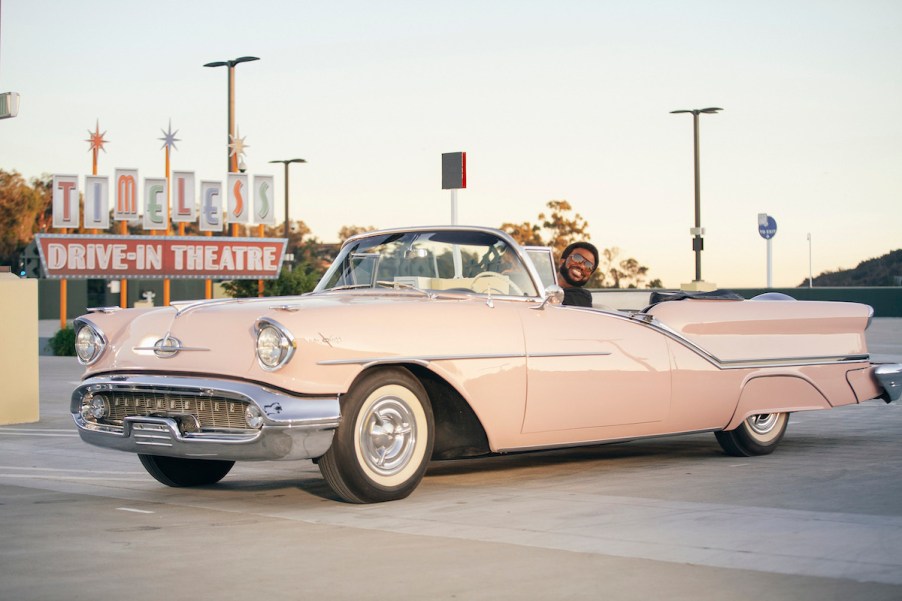
4 Tips to Keep Your Classic Car in Mint Condition, According to AAA
When searching for a classic car to buy, some enthusiasts choose muscle cars, while others select models for nostalgia’s sake, such as vehicles that beloved family members drove. Regardless of why you picked your classic car, you’ll want to keep it in good shape with proper maintenance. Here are four tips to help you keep yours in mint condition.
1. Restore your classic car to its former glory

Any classic or vintage vehicle might need some restoration to return it to its original luster. That means you might need to have some parts refinished or fabricated so that the car can function the way it should. In some cases, you might need to have some of the parts remade, AAA explains.
If possible, consider having a professional do the restoration work. If you plan to resell the vehicle or enter it into car shows or competitions, it’s important that the restoration work be done to match the car’s original design. Someone skilled and knowledgeable about your model will know how to do the bodywork correctly.
However, you don’t want to hire just anyone to do the job. According to MotorTrend, you can get burned by a shop that does shoddy work. Do your research, and find the most reputable people to work on your classic car.
2. Perform regular maintenance to keep your classic car in good shape
Maintaining your vintage or classic car is vital to keeping it in good condition for as long as you own it. Whether you drive it often or rarely, parts can still wear, dry out, and even rust if you’re not careful. It’s essential to keep the vehicle clean, so if any contaminants happen to get on the paint job, you can clean it off quickly without any harm done.
Classic cars’ chrome finish can break down over time, ruining the vehicle’s style. Keep the chrome as fresh-looking as possible by using a metal polish designed for your car. Be sure to clean all the crevices as much as you can, and take the time to keep every area dry to prevent rust.
Another way to maintain your classic car is to perform regular maintenance, such as changing fluids as often as the automaker recommends. Also, if you notice something might be going wrong with the car, take it to a professional soon as possible. Letting an issue go unchecked could lead to expensive repairs because it might be more difficult to find parts for your classic car.
3. Put your vintage vehicle in storage during off times
If you plan to drive your classic car only part of the year, look for a storage space to park the car when you don’t use it. For example, some owners stores their vehicles during the winter and use them during the spring and summer.
Cold climates can wreak havoc on cars’ mechanical parts, and high-humidity areas can also create problems. Choose a storage space that’s well insulated, ventilated, and temperature-controlled so that your vehicle stays dry.
4. Drive your classic car to prevent issues from non-use
One of the most critical tips AAA offers is to continue using your vintage or classic car instead of letting it sit all the time. Driving the vehicle will keep the mechanical parts working properly and help prevent severe leaks from dried-out gaskets and rubber seals. Engines also need to run; otherwise, they’ll eventually seize up with rust and other sediments. Though it’s still possible to get your motor running again in that state, why risk it?
But while you’re operating your classic car, ensure you’re driving on safe, smooth surfaces. Bumpy roads will ruin the suspension, and gravel surfaces will ding your paint job. Stick to streets you know well that don’t present any surprises that could bite your car and your wallet in the end.
Owning a vintage or classic car can be a lot of work with maintaining it, cleaning it, and keeping it protected when you’re not driving it. Regardless of how much elbow work goes into it, having one of these pieces from the past can be rewarding.


